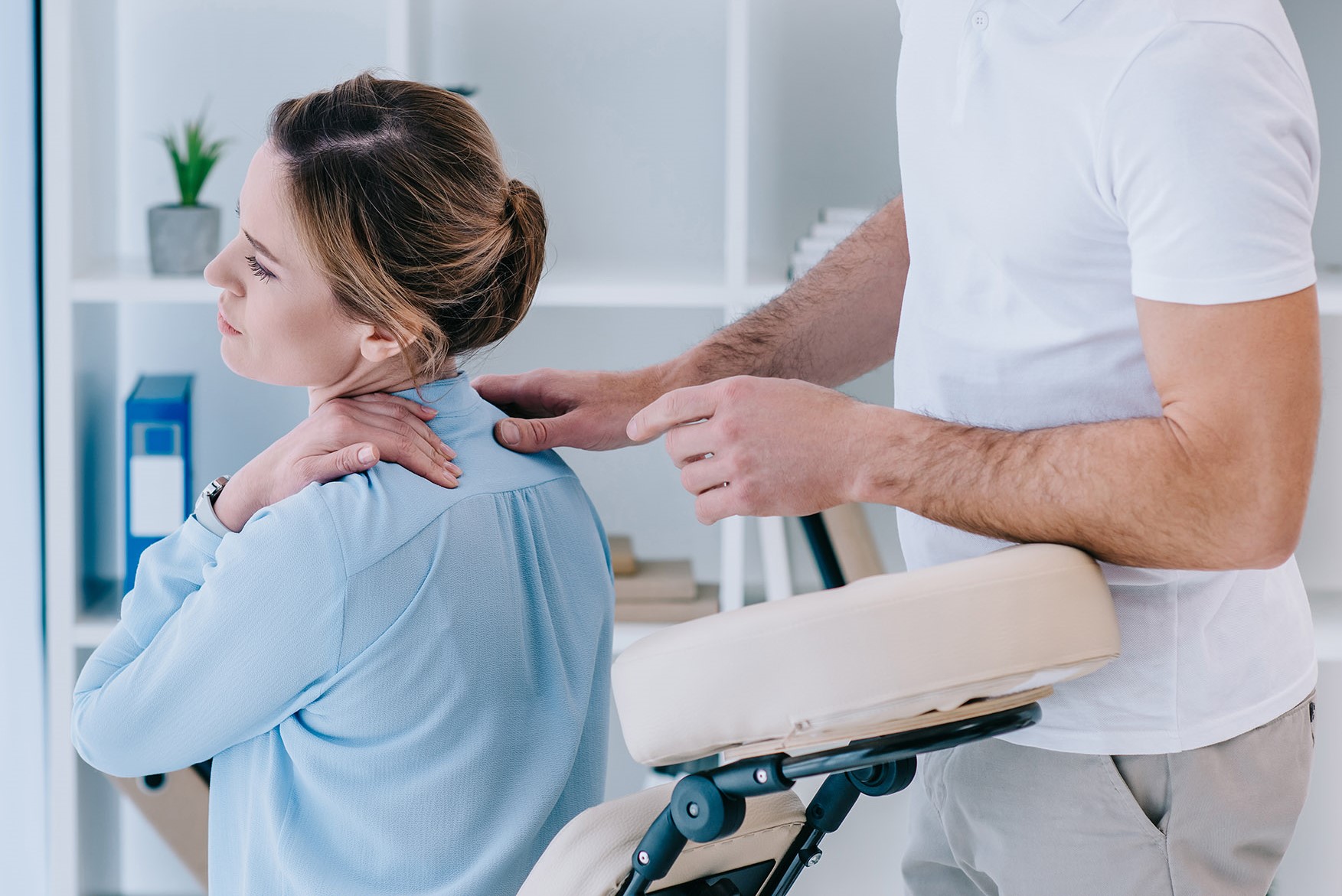
'Gendered' back pain: the differences between men and women
There can be different types of back pain and they can have different causes, in men and women. More than 15 million Italians suffer from back pain, a disorder that is as frequent as it is different from person to person
Its onset is due to multiple pathologies that contribute to the onset of symptoms: herniated discs, arthrosis, osteoporosis, fibromyalgia and many others.
Back pain in men and women
Back pain is not the same for everyone: men and women are both affected by back pain, but in different percentages, with 16% of women and 11% of men, and with different causes, symptoms and courses.
The pathologies that contribute to the onset of back pain can be different, for example:
- fibromyalgia, osteoporosis and rheumatism are more frequent in women;
- herniated discs, arthrosis and synovitis, intra- or inter-articular, post-traumatic are more common among men.
The symptoms of back pain
The symptoms of back pain change depending on the pathology that contributes to its onset.
If the disorder originates from a herniated disc, one is likely to suffer from lumbago or sciatica with pain localised in the lower back and perhaps also on the outside of the legs.
If, on the other hand, one suffers from arthrosis, there is a slower and more gradual course that will lead, generally after the age of 50/60, to bone degeneration, facet syndrome, which will inevitably lead to a reduction in joint space and chronic low back pain.
If one suffers from cervicalgia, one perceives pain localised at the level of the highest vertebrae of the spine with stiffness and muscle contracture.
Diagnosis
The best thing to do in order to diagnose one’s back pain is to undergo a careful clinical examination, which must be followed by the diagnostic part.
For the first step in the diagnostic process, an X-ray of the spinal column is usually prescribed, thanks to which valuable information on the bony state of the spine itself can be found.
Afterwards, one can proceed with a Magnetic Resonance Imaging (MRI), which allows one to see the spine in all planes of space (multiplanar vision), providing important details on the health of the soft tissue, or with a CT scan, a very useful diagnostic tool for the clinical evaluation of both bone and soft tissue.
The latter boasts superior quality in the definition of bone pathology and is widely used because it provides important information on the state of ‘wear and tear’ of vertebral discs and the health of nerve roots.
Finally, in some cases, MRI with contrast medium can be used, thanks to which it is possible to obtain further diagnostic information with a complete overview of the state of health of:
- ligaments
- muscles;
- isthmuses, a narrow portion of the posterior arch of the vertebra;
- pedicles, the bony roots of the arch of a vertebra.
Therapies for back pain
In the presence of persistent back pain, it is a good idea to contact your doctor to start drug therapy with anti-inflammatory and muscle relaxants.
If, after 7 to 10 days, you do not obtain the hoped-for benefits, it is advisable to consult a specialist for a proper diagnostic evaluation.
The fundamental thing to remember is that one should never treat the spinal column without complete neuroradiological documentation: there may be more risks than benefits.
Read Also:
Emergency Live Even More…Live: Download The New Free App Of Your Newspaper For IOS And Android
What To Know About The Neck Trauma In Emergency? Basics, Signs And Treatments
Lumbago: What It Is And How To Treat It
Back Pain: The Importance Of Postural Rehabilitation
Cervicalgia: Why Do We Have Neck Pain?
O.Therapy: What It Is, How It Works And For Which Diseases It Is Indicated
Oxygen-Ozone Therapy In The Treatment Of Fibromyalgia
Hyperbaric Oxygen In The Wound Healing Process
Oxygen-Ozone Therapy, A New Frontier In The Treatment Of Knee Arthrosis
Assessment Of Neck And Back Pain In The Patient


